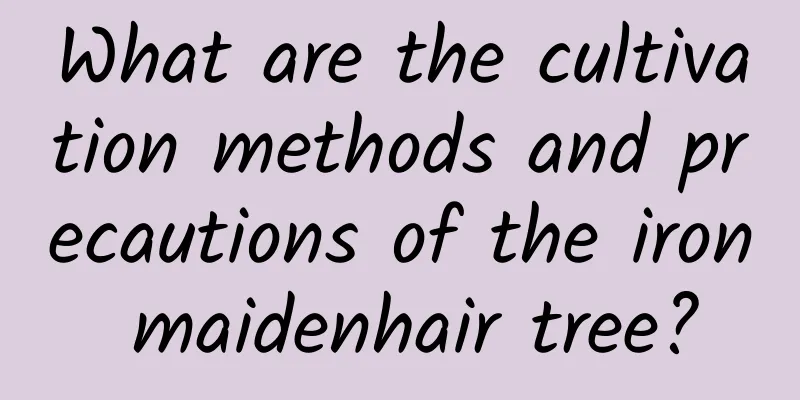How to propagate Monstera by cuttings?

|
Monstera is a popular houseplant known for its unique foliage and ease of care. Cuttings are an effective method to propagate Monstera. Let’s take a look at how to propagate Monstera by cuttings. 1. Preparation for cuttings Choose cuttings: Select a healthy Monstera stem segment, keeping three nodes in length. Processing of cuttings: Cut off the aerial roots on the cuttings. You can choose to remove all leaves to reduce water evaporation and increase the rooting speed. 2. Cutting depth Insert into the soil: The cutting depth should be more than 3-5 cm, which helps the cuttings stabilize and promote rapid rooting. 3. Soil selection Soil mixture: Use one part river sand, one part coconut coir and one part vermiculite. This soil combination is loose, permeable and has good moisture retention effect. Soil Characteristics: Avoid using heavy or hard soils as these may damage the roots during transplanting. 4. Soil thickness Soil depth: The recommended soil thickness for cuttings is about 15 cm to ensure that the roots have enough space to grow while reducing excessive evaporation of water. 5. Temperature and environment Suitable temperature: Keep the temperature at around 20 degrees, which is the best temperature for Monstera to germinate and take root. Indoor cuttings: The temperature difference in the indoor environment is small and the temperature is relatively constant, which is suitable for cuttings because Monstera prefers stable temperature conditions. /6. Management after cutting Temperature control: At a temperature of around 20 degrees, the cuttings will germinate and take root in about two months. Light management: Provide diffuse light and avoid direct sunlight to prevent sunburn of leaves. In summary, by carefully preparing the cuttings, choosing suitable soil, and maintaining appropriate soil thickness and temperature, Monstera cuttings can be successfully carried out indoors. During the cutting process, pay attention to maintaining appropriate humidity and light, and avoid excessive watering, which can greatly increase the success rate of cutting.
|
<<: How to remedy overwatering of green radish? What kind of water will make it grow best?
>>: When to water the green radish? Is it ok to water it with tea water?
Recommend
The difference between Osmanthus fragrans and Osmanthus sinensis
1. Differences between tree trunks Osmanthus frag...
What is Luo Han Guo, Luo Han Guo pictures
1. Introduction Luo Han Guo is the fruit of the p...
Introduction of new varieties of peach seedlings
1. Red Meat Honey This is a newly cultivated vari...
Knowing these 15 things, you will become a "succulent expert"!
1.What are succulents? As the name suggests, succ...
What to do if Kalanchoe does not grow flower buds
1. Soil We still have to start from the roots. We...
What to do if kumquats don’t bear fruit
Too much water and fertilizer The reason why kumq...
How to water dancing grass? Proper water control is important!
Watering method During germination: At this time,...
What is the best month to plant dragon claw beans?
When to plant dragon claw beans Dragon claw beans...
What to do if the succulent Tangyin is not red
Reasons for not being popular Temperature, or to ...
How can the gourd turn yellow? How can the gourd turn yellow quickly?
1. Conventional yellowing method 1. Sunlight: The...
Causes and treatments of yellow cucumber leaves
1. Too much watering 1. Reason: Cucumber is a wat...
How to grow potted onions
1. Adequate light Sunlight is an important factor...
Is the goldfish plant a shade or sun-loving plant?
Does the goldfish flower prefer shade or sun? Gol...
How to grow Dendrobium
1. Temperature The temperature suitable for the g...
Does the seeds of the Chinese zodiac prefer shade or sun?
Does the seeds of the Chinese zodiac prefer shade...









